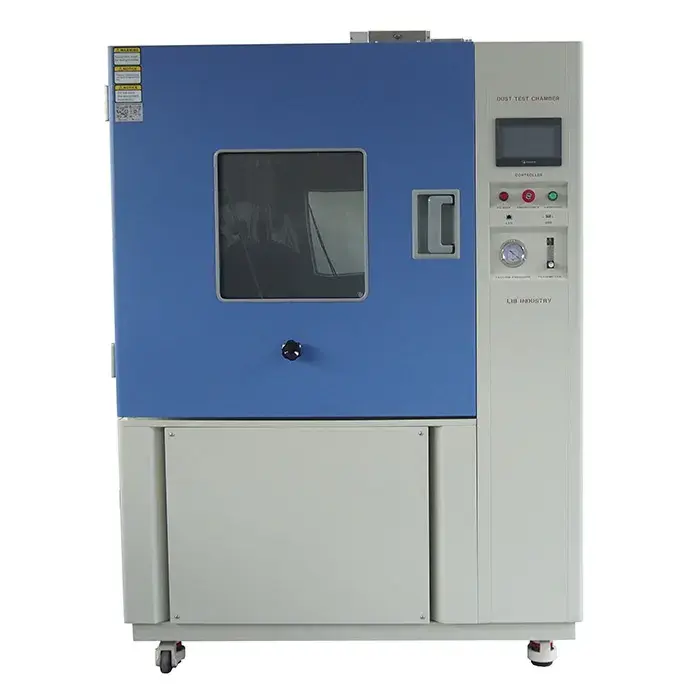Contact Us
 +8618700875368
+8618700875368
No.6 Zhangba First Street, High-Tech Area, Xi'an City, Shaanxi Province, P.R. China 710065
How does dust testing work?
2024-07-23 19:02:47
Dust testing plays a crucial role in ensuring the durability and reliability of products across various industries. From electronics to automotive and aerospace, understanding how products withstand dusty environments can prevent failures and extend their lifespan. This is where dust simulation chambers come into play. These chambers replicate real-world conditions, allowing manufacturers to test their products under controlled settings. In this blog, we'll dive into how dust testing works, the importance of dust simulation chambers, and the different methods used in dust testing.
Understanding Dust Testing and Its Importance
Dust testing is a process used to evaluate the resistance of products to dust and particulate matter. This type of testing is vital for industries where products are exposed to harsh environments. For instance, electronics used in desert areas or machinery operating in dusty industrial settings must endure significant dust exposure. By conducting dust tests, manufacturers can identify potential weaknesses in their products and make necessary improvements before market release.
The importance of dust testing lies in its ability to predict how a product will perform in real-world conditions. Dust can infiltrate electronic components, causing malfunctions or short circuits. In mechanical systems, dust can lead to wear and tear, reducing efficiency and lifespan. By simulating these conditions in a controlled environment, manufacturers can ensure their products meet the required standards for durability and reliability.
Dust testing is a crucial aspect of product development that ensures durability, reliability, and compliance with industry standards. It protects electronic components, prolongs the lifespan of machinery, and enhances customer satisfaction. As technology and environmental challenges evolve, dust testing will remain an essential practice for manufacturers committed to delivering high-quality, reliable products.
The Role of Dust Simulation Chambers
Dust simulation chambers are specialized equipment designed to create controlled dusty environments for testing purposes. These chambers are essential tools in the dust testing process, providing consistent and repeatable conditions. They allow manufacturers to expose their products to specific types of dust, such as fine silica or coarse sand, depending on the intended application of the product.
Key Components of Dust Simulation Chambers
A typical dust simulation chamber consists of several key components, each serving a crucial function in the testing process:
- Dust Dispersal System: This system evenly distributes dust within the chamber to ensure uniform exposure to the test samples. It is designed to simulate different dust conditions, from fine, powdery dust to larger, abrasive particles. The dispersal system's accuracy is vital for replicating real-world dust exposure and ensuring test consistency.
- Air Circulation System: Proper air circulation is crucial to maintaining consistent dust concentration throughout the chamber. This system ensures that the dust remains suspended in the air, mimicking natural conditions where dust particles are constantly in motion. Consistent air flow also prevents dust from settling, providing a more realistic test environment.
- Monitoring and Control Systems: These systems allow operators to precisely control and monitor parameters such as dust concentration, temperature, and humidity. Advanced monitoring systems can track these variables in real-time, ensuring that the test conditions remain within specified parameters. This precision is essential for conducting accurate and repeatable tests.
Types of Tests Conducted in Dust Simulation Chambers
Using a dust simulation chamber, manufacturers can conduct various tests to assess the impact of dust on their products. Some of the most common tests include:
- Ingress Protection (IP) Testing: This test determines the level of protection against dust penetration. Products are subjected to specific dust conditions to evaluate their ability to resist dust ingress. The results help manufacturers design more robust sealing systems and improve product reliability in dusty environments.
- Environmental Testing: This test assesses how dust affects the overall performance of the product under different environmental conditions. By combining dust exposure with varying temperatures and humidity levels, manufacturers can understand how their products will perform in diverse and challenging environments. This comprehensive testing approach helps identify potential weaknesses and areas for improvement.
- Aging Tests: These tests evaluate the long-term effects of dust exposure on the product’s materials and components. By simulating prolonged exposure to dust, manufacturers can assess the durability of their products over time. Aging tests are crucial for products that are expected to operate in dusty conditions for extended periods, such as outdoor electronics, automotive components, and industrial machinery.
Methods and Procedures in Dust Testing
Dust testing procedures can vary based on industry standards and specific product requirements. However, most tests follow a general process that includes sample preparation, testing, and evaluation:
- Sample Preparation: Initially, products are thoroughly cleaned to remove any existing dust or contaminants. This cleaning step is essential to prevent any pre-existing debris from affecting the test results. Following this, specific parts of the product may be sealed or otherwise prepared according to the test specifications. Sealing is particularly important for isolating the areas intended for dust exposure, ensuring that only designated parts of the product are subjected to the dust environment.
- Testing: Once the samples are properly prepared, they are placed inside a dust simulation chamber where the actual testing takes place. The chamber is set up to create a controlled environment that replicates the dusty conditions the product might encounter in real-world scenarios. This involves configuring various parameters such as the type of dust used, its concentration, and the duration of exposure. The chamber’s settings are meticulously adjusted to ensure that the dust concentration and environmental conditions accurately reflect the specific test requirements. During the exposure period, the dust dispersal system within the chamber ensures that the dust is evenly distributed, providing uniform conditions for all test samples.
- Evaluation: After the dust exposure phase, the evaluation of the samples begins, focusing on identifying any potential effects of dust ingress or performance degradation. The evaluation process typically starts with a thorough visual inspection of the samples to check for any visible signs of dust penetration, damage, or wear. For more detailed analysis, internal components may be examined to understand the extent of dust infiltration and its effects on the product’s functionality.
Some standard testing methods include:
- MIL-STD-810: This military standard outlines various environmental testing procedures, including dust testing. It provides guidelines for simulating conditions that military equipment might encounter, ensuring that products can withstand harsh environments.
- IEC 60529: An international standard for ingress protection, IEC 60529 provides guidelines for dust and water resistance testing. It specifies the degree of protection provided by enclosures against dust ingress, helping manufacturers classify and certify their products.
- ISO 20653: This standard for road vehicles specifies protection levels against foreign objects, including dust. It is crucial for automotive manufacturers to ensure that vehicle components, especially those in critical systems, are protected from dust infiltration.
Conclusion
Dust testing is an essential part of product development and quality assurance for industries exposed to harsh environments. Dust simulation chambers play a pivotal role in this process, providing a controlled setting to evaluate how products withstand dust exposure. By understanding the methods and procedures involved in dust testing, manufacturers can ensure their products meet high standards of durability and reliability. Whether it's for electronics, automotive, or industrial machinery, effective dust testing can prevent costly failures and enhance product performance in the long run.
For more detailed information about dust simulation chambers or to discuss your specific testing needs, feel free to contact us at info@libtestchamber.com. Our team of experts is ready to assist you with comprehensive solutions tailored to your requirements.
References
1. International Electrotechnical Commission (IEC). (2016). IEC 60529: Degrees of protection provided by enclosures (IP Code). IEC.
2. American Society for Testing and Materials (ASTM). (2020). ASTM D1739 - 15 Standard Test Method for Dustiness of Dust (Fine Dust Test). ASTM International.
3. U.S. Department of Defense. (2014). MIL-STD-810G: Environmental Engineering Considerations and Laboratory Tests. United States Department of Defense.
4. International Organization for Standardization (ISO). (2017). ISO 20653: Road vehicles — Degrees of protection (IP code) — Protection of electrical equipment against foreign objects, water and access. ISO.
5. Smith, C. J., & Jones, R. A. (2019). Environmental Testing for Product Reliability: Dust Testing Methods and Procedures. Journal of Environmental Testing and Engineering, 12(3), 45-58.
Send us a message
Please Leave your Message Here! We Will Send Detail Techincal Brochure and Quotation to you!

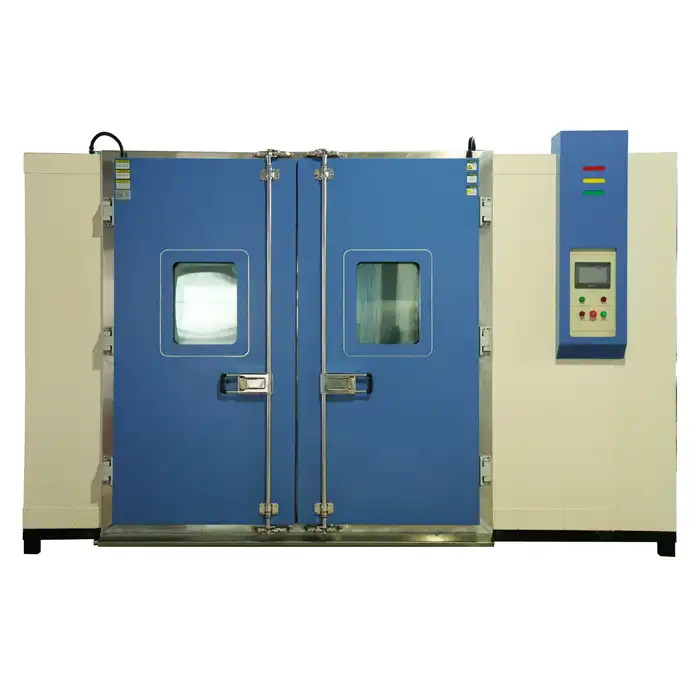
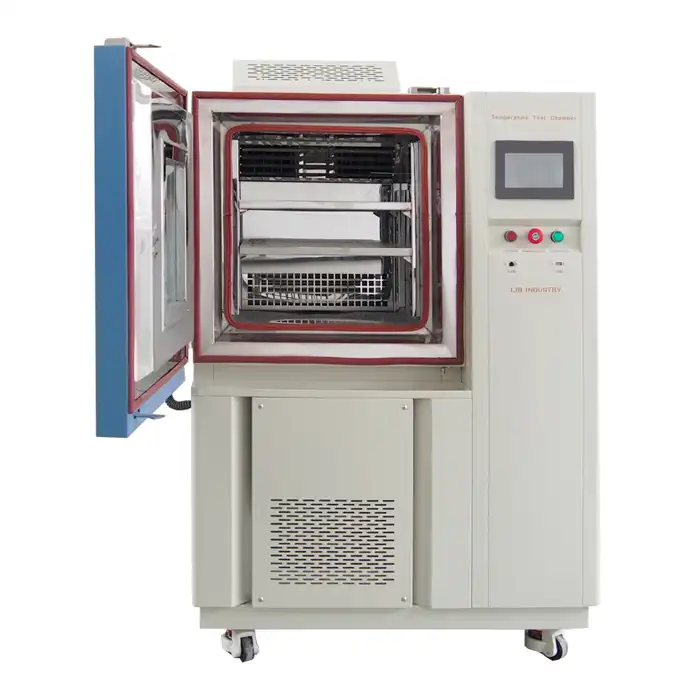
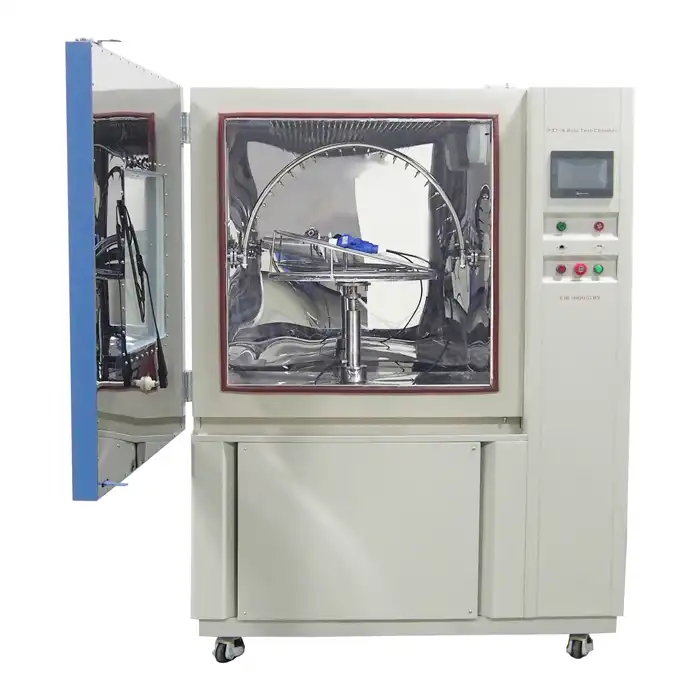
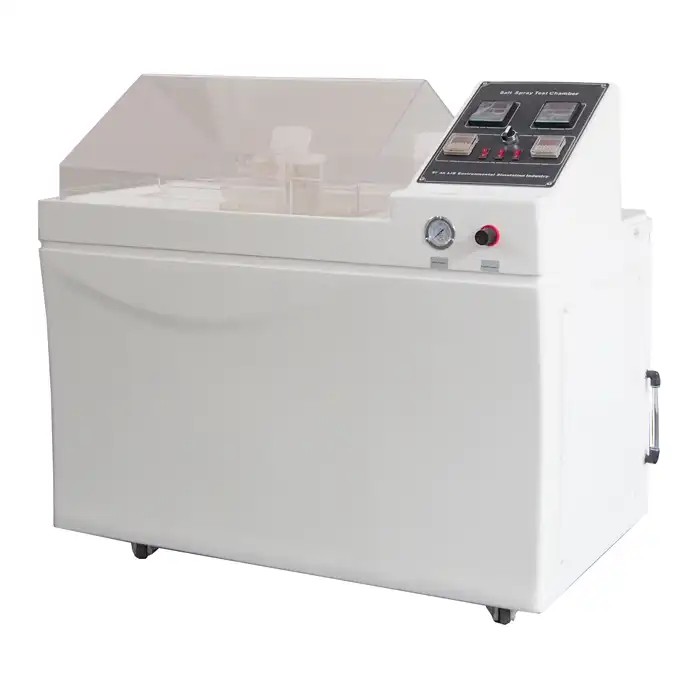
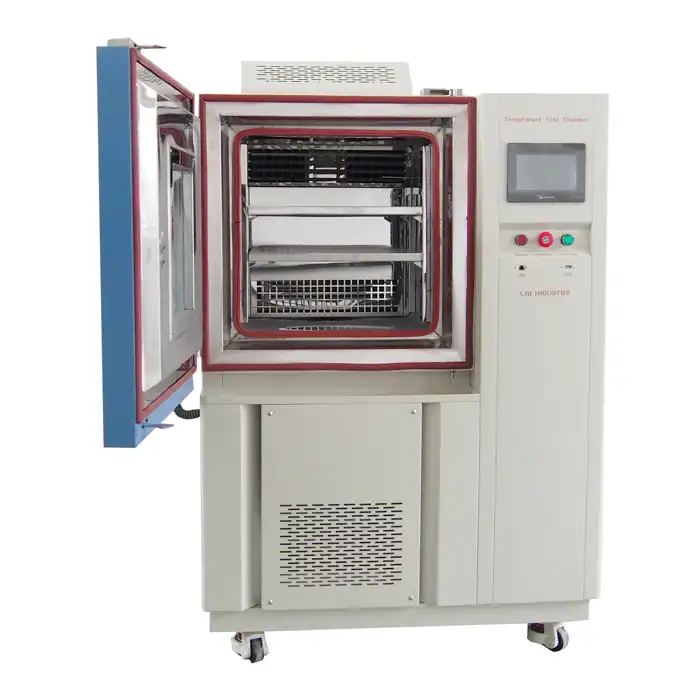
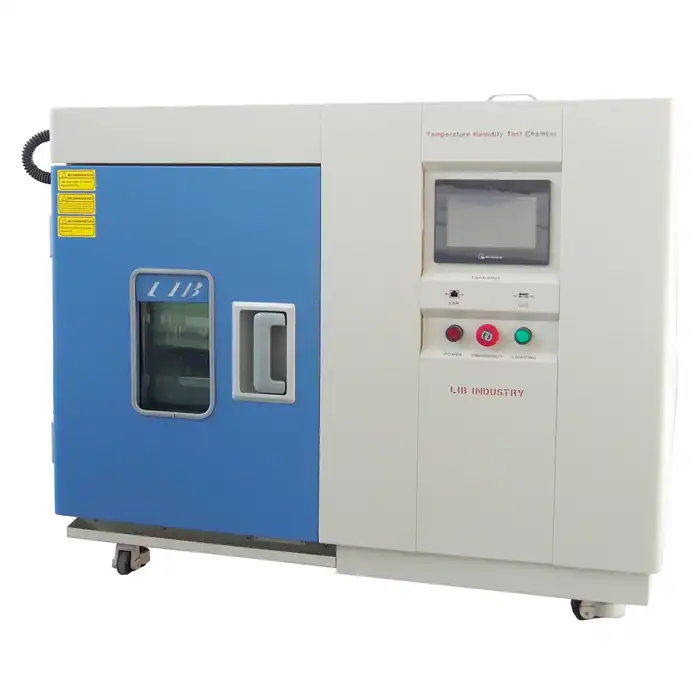
.webp)
